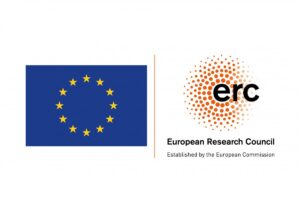An Ethnography of an Extra-terrestrial Society: the International Space Station
This project has received funding from the European Research Council (ERC) under the European Union’s Horizon 2020 research and innovation programme (grant agreement No. 833135).
The International Space Station (ISS) is arguably the oldest extra-terrestrial society in low earth orbit. This project proposes a comparative and multi-sited ethnography of the ISS among some of the key participants contributing to its modular architecture: The United States, Russia, Europe and Japan. The ISS offers invaluable insights into fundamental questions at the heart of the social sciences. The most obvious is the effect of micro gravity on our understandings of material culture and sociality. To date material culture has only been theorised in terms of Earth’s gravity.
This project affords the opportunity to critically re-examine our terrestrially based theories. Related to this are the distinctive political aesthetics in this setting and its innovative dimensions of ‘worlding’ (Heidegger) and the materialities entailed therein. These relate to wider notions: the nature of transcendence in both anthropological, material and metaphysical terms as well as broader issues concerning territoriality and the expansion of the human and habitability and general understandings of materiality. Methodologically the project focuses on the quotidian and material dimensions of the ISS and its bodily and material techniques, re-examining traditional empirical assumptions within the innovative conditions of the new polymedia environments in which the ISS is situated. More importantly the project situates the respective Mission Controls and their wider communities as co-terminous with the ISS site, examining it as a complex nexus of inhabitation encompassing both terrestrial and extra-terrestrial realms in a novel configuration and thereby provide an integrative and comparative study of this unprecedented form of human society and the material conditions of its emergent ‘worlding’.
Image & patch credit: Design by GHL. Animation by Image and Process
